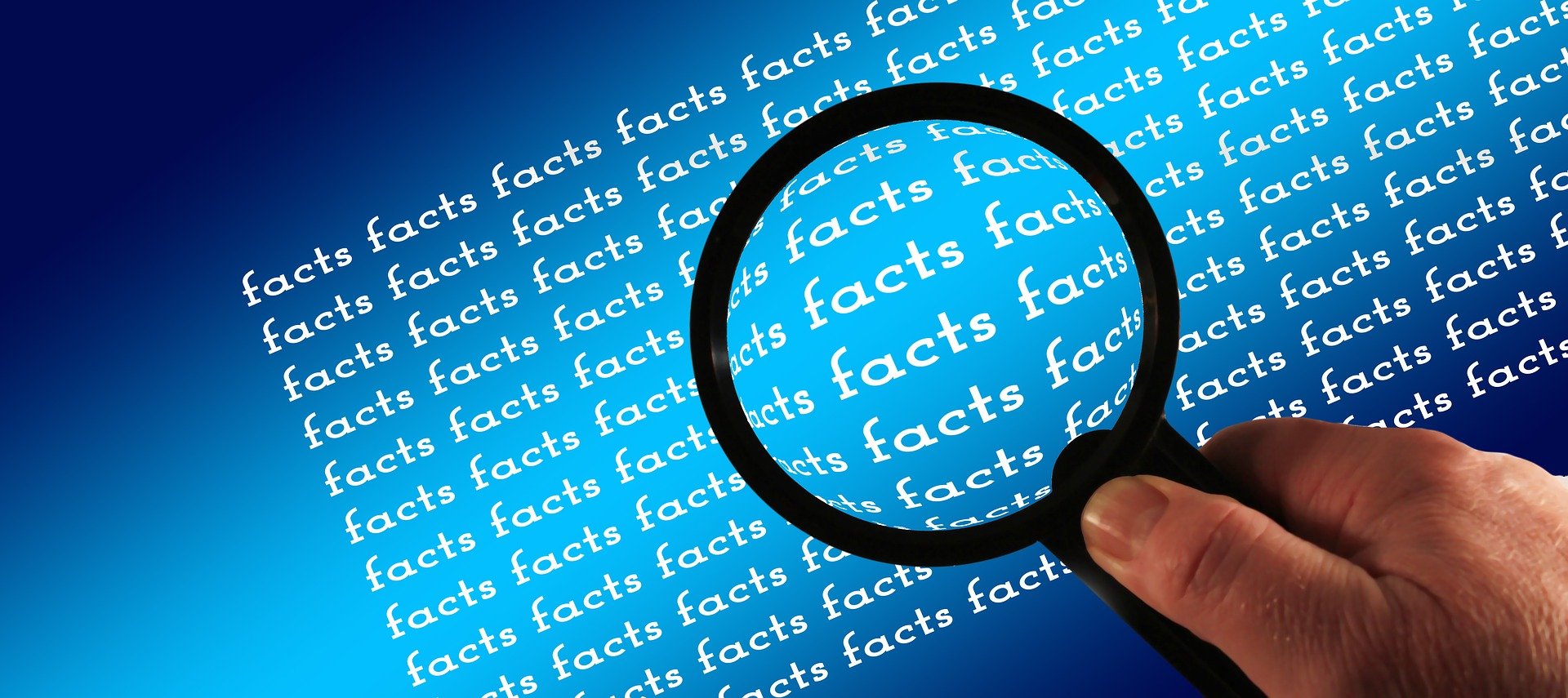As a judge reads our facts, she will form an opinion. When she finishes, often she has already decided the case. She will appreciate our argument to help her frame her opinion, but what motivates her is the story we tell and how we tell it. She already knows what the law says; she doesn’t know the facts. If we properly develop and present those Facts, argument becomes almost unnecessary.
“The Law Will Be What It Ought to Be”
A federal judge once told us, “Facts are everything. The law will be what it ought to be.” That’s because all laws are based on:
- equity – is it fair?
- logic – does it make sense?
A judge knows the law, how it works, the difference between a tort and a contract. But she knows nothing about our case. The fact statement is our opportunity to educate her.
Never Argue in the Facts
A fact statement tells the judge our story; but it serves two other important purposes:
- establishes our credibility
- gets the judge to want to decide for us
If we want a judge to look favorably upon us and our case, we must distinguish between fact and opinion and leave out all opinion: even simple words like hot and cold. Opinions are self-serving and make judges suspicious, ready to double the burden on us. Yet many lawyers write sentences like this in their fact statements:
Simply put, allegations of troubled labor relations at Ypsilanti are a post facto creation of the Charging Parties in a desperate attempt to justify this meritless litigation.
Opinion sounds like we’re posturing and being disingenuous. When we write our facts without opinion, we tell the judge that it’s the facts that matter most.
We also should avoid “cute” words like baffling, outrageous, surprisingly, amazingly. Using them brands us as a lawyer the judge cannot trust to help her do her job, which is to be fair. Clients might like it, but that is not the best way to represent our clients’ interests.
A Good Fact Statement Argues for Us
Imagine reading the following as the opening sentence of a brief:
On October 6, 2018, Plaintiff Antonio DiMarco smashed the glass of a vending machine with a tire jack to retrieve a bag of chips stuck in the dispenser.
After reading one sentence—with no conclusory words—the judge is already leaning in our favor. These facts help a judge see this was an egregious act and get him to thinking: If that were my employee, I would have fired him—which is what our client did. DiMarco’s lawyer might pretend she does not understand why our client had to terminate DiMarco, but the judge gets it from the first sentence. We’ve allowed the facts to speak for us.
Know the Difference between a Fact and a Relevant Fact
After we remove all opinion from our Facts, we then must decide which facts we should include to tell the story. To do this, we must know the difference between a fact and a relevant fact.
Generally, if we do not intend to use a fact in our argument, we should not include it in our Facts. Our judge does not need to know everything we know about the case, so we must decide what facts to leave out and focus our judge on what’s important.
The purpose of the two sentences below is only to compare one figure to another. Note the difference when we remove the irrelevant facts:
In July 2017, the Alhadefs arranged to sell their house for $659,500, to the Mulvaneys on a real estate contract. The principal balance owing on the loan at that time was $426,000.
Compare:
When the Alhadefs sold their house for $659,500, the balance on the loan was $426,000.
Facts suggest issues; irrelevant facts also suggest issues. This confuses the judge and might divert the judge’s attention to non-existent issues we do not want the judge considering. If a fact does not help give rise to our issues, it is irrelevant and should not appear in our Facts.
Open with a Fact That Is Interesting, Relevant, and Favorable
When drafting our fact statement, our first thought should be: Which of our facts is interesting, relevant, and favorable. And we open with that fact to lean the judge in our favor, then follow with another sentence that leans the judge further in our favor:
In December 2018, Plaintiff James Holman asked a co-worker if he knew how to convert an unalterable “pdf” document into an alterable “doc” document. The co-worker did and explained the process to Holman. The document was the 2018 Simmons Commission Plan, a contract for Holman to sign. Before signing, Holman modified it to his benefit, then returned it to the Senior Vice President of Sales. When the Vice President reviewed the signed Commission Plans from his regional sales managers, he noticed that Holman’s was different than the others.
From the very beginning, we are showing the judge the plaintiff’s lack of integrity. But we never use that word; we let the facts speak for themselves.
Avoid Names, Dates, and Numbers, Unless They Are Important
Names, dates, and numbers seem important, so a judge will try to keep track of them—even if they’re not important. Instead of writing . . .
“On January 21, 2019, Gonzales violated company policy when he . . . . As required under company policy, he was provisionally discharged on January 26, 2019. On January 30, 2019, after a provisional discharge meeting, Gonzales’s employment was formally terminated. On February 2, 2019, the Union filed a grievance.”
. . . write something like:
“On January 21, 2019, Gonzales violated company policy when he . . . . As required under company policy, he was provisionally discharged, and, after a provisional discharge meeting, formally terminated at the end of January. Three days later, the Union filed a grievance.”
By doing it this way, we give our judge a time line and still let her know that the process continued fairly and expeditiously without confusing her with insignificant dates.
Don’t Tell the Judge Who They Are, Until You’ve Told Him What They’ve Done
Background information on a party is rarely helpful unless the judge already knows what the party did or what happened to them. If we start with the action, we establish a reason for the judge to want to know more about the party. We open with what they’ve done or what’s happened to them; then we tell the judge who they are. We set our story in motion from the first sentence, then come back to introduce the characters. Instead of . . .
Tideco manufactures a wide variety of kitchen equipment and is one of the world’s leading kitchen appliance companies. Tideco has 46,000 employees worldwide, with approximately 17,000 located inside the United States and 29,000 based internationally.
. . . we open with:
In spring 2018, Tideco’s business performance had exceeded expectations, and management wanted to reward all 46,000 of its employees worldwide with a paid day off: Appreciation Day.
The first thing the judge sees is a fact that presents our client favorably.
Conclusion
Being an advocate is about removing all opinion in our fact statement and lining up our facts in a way that puts the judge in our client’s shoes from the outset. When we do that, we establish credibility with the judge and create empathy for our position, making it difficult for a judge to disagree with our conclusion.
About the Author
Gary Kinder has taught over 1,000 writing programs for the American Bar Association, the Social Security Administration, PG&E, Kraft, Microsoft, and law firms like Jones Day, Sidley, and WilmerHale. His critically-acclaimed Ship of Gold in the Deep Blue Sea hit #7 on the New York Times Bestsellers List.




.png)




